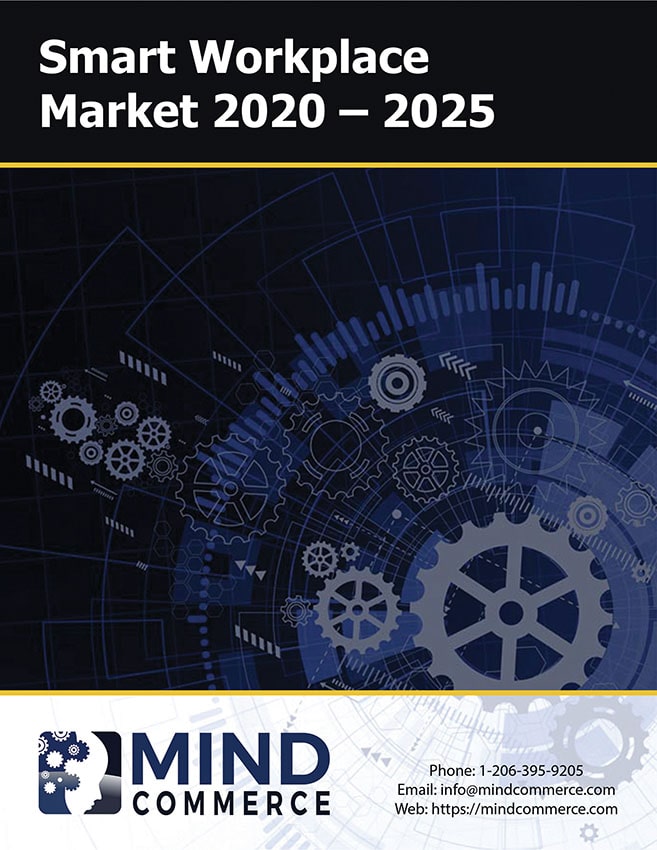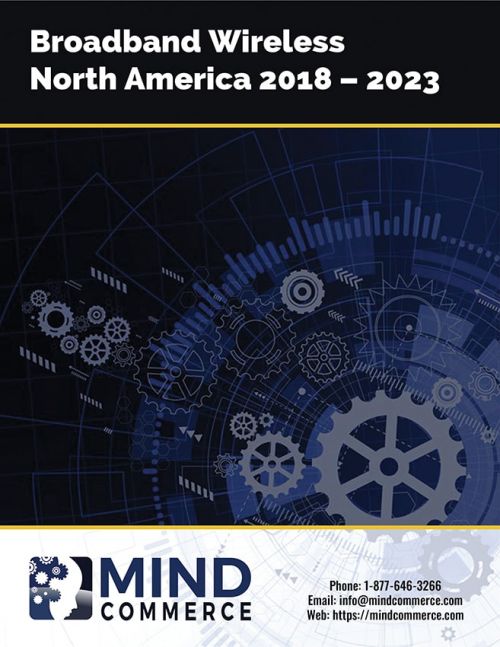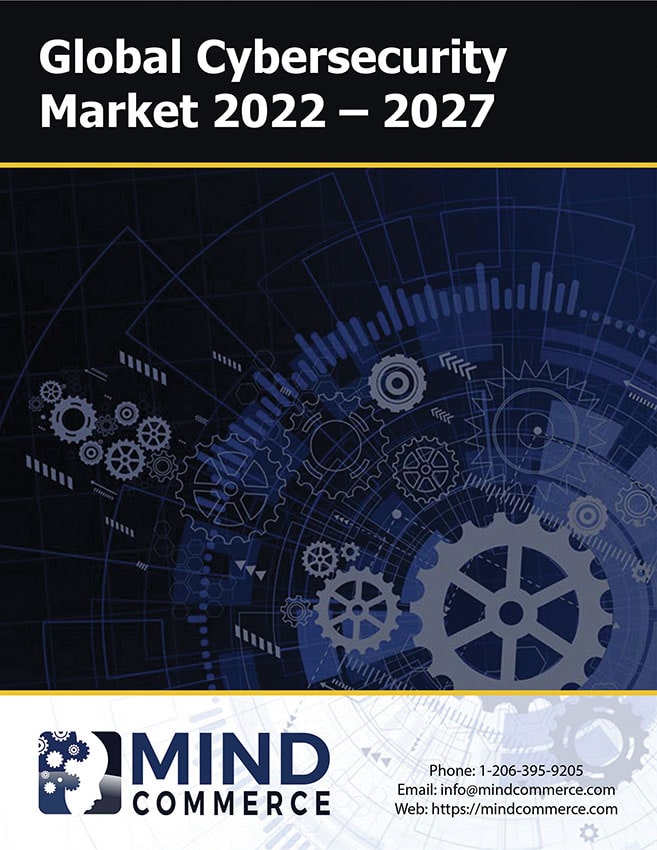Description
The primary goals of the smart workplace market are to provide a safer, more comfortable, and productive work environment. From a building tenant perspective, these attributes provide for higher overall efficiency and effectiveness as well as a more highly satisfied workforce. From a Commercial Real Estate (CRE) owner perspective, smart buildings that facilitate a smart work environment garner higher rents than non-intelligent buildings.
It is important to note that CRE also includes smart warehousing and other intelligent facilities that foster a smarter work environment. Furthermore, it is also important to note that the Smart Workplace goes beyond the traditional work environment to encompass remote workers, telecommuters, travelers, and the supply chains between companies.
Smart Workplace Market Dynamics
Looking beyond merely Intelligent Facility technologies, it is important to also consider solutions that are not by necessity directly tied to a building such as process improvement, work flow improvement, and supply chain management optimization. In this context, Smart Workplace solutions provide increased visibility into product/service usage, creating opportunities for moving from a traditional product model to a service model leveraging cloud-based “as a Service” tools and processes. In addition, the Smart Workplace facilitate intelligent worker monitoring, data analytics, control of the entire Product Life Cycle, and more.
Smart Workplace Market Report
This research provides analysis of the smart workplace market including solutions, applications, and services across industry verticals. Sectors analyzed and forecast in this report include Education and Training, Financial Services, Government and Public Services, Healthcare and Life Sciences, Manufacturing, Media and Entertainment, Real Estate and Construction, Retail Sales and Services, Telecommunication and IT, Transportation and Logistics. The report analyzes smart workplace products and integrated systems, transformation services, and integrated workplace management systems. The report provides detailed forecasts for years 2020 to 2025.
In terms of market developments since the last version of this report, the COVID-19 pandemic has served as a major catalyst for workplace evolution as employees and contractors have been forced to work remotely. This has tested corporate IT and facilities staff in terms of enterprise ability to cope with a highly distributed workforce while a minimal amount of essential staff occupy core business facilities.
Lessons learned from these few months have reinforced the long-held view of Mind Commerce that the smart workplace ecosystem is much more than just smart buildings or other facilities such as warehouses. The smart workplace is indeed the sum of all assets, production and processes. This includes core buildings and related infrastructure, inter-facility assets, and mobile/remote employees and their communications and collaboration tools.






